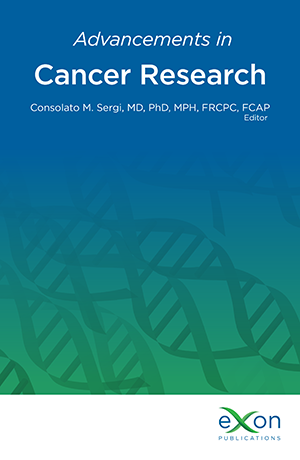Definitions of Radiation-induced Trismus in Head and Neck Cancer: Current Concepts and Controversies
Main Article Content
ABSTRACT
Radiation-induced trismus is a devastating side effect of radiotherapy in patients with head and neck cancers. It hampers daily activities like eating, speaking, chewing, swallowing, and oral hygiene routines. Radiation induced trismus also negatively affects social interactions, psychological wellbeing, and lowers the quality of life of patients. The most common method for determining radiation-induced trismus is to measure the ‘maximum mouth opening’. Different cut-off values for maximum mouth opening have been employed in studies that assessed radiation-induced trismus, including 40 mm, 35 mm, 30 mm, and 20 mm. The impact and prevalence of radiation-induced trismus are not fully understood because there is no common and reliable objective measure to determine cut-off values of maximum mouth opening. Additionally, regardless of the pretreatment measures, a standard cut-off is applied to all patients, where a change may be substantial for one patient but not necessarily for another. These discrepancies may cause certain patients' conditions to be overstated or understated, misdirecting their prophylactic or therapeutic interventions. This chapter highlights the current concepts and controversies of the definitions of radiation-induced trismus, and the possible challenges in managing radiation-induced trismus because of the varied definitions.
Downloads
Metrics
Article Details

This work is licensed under a Creative Commons Attribution-NonCommercial 4.0 International License.

